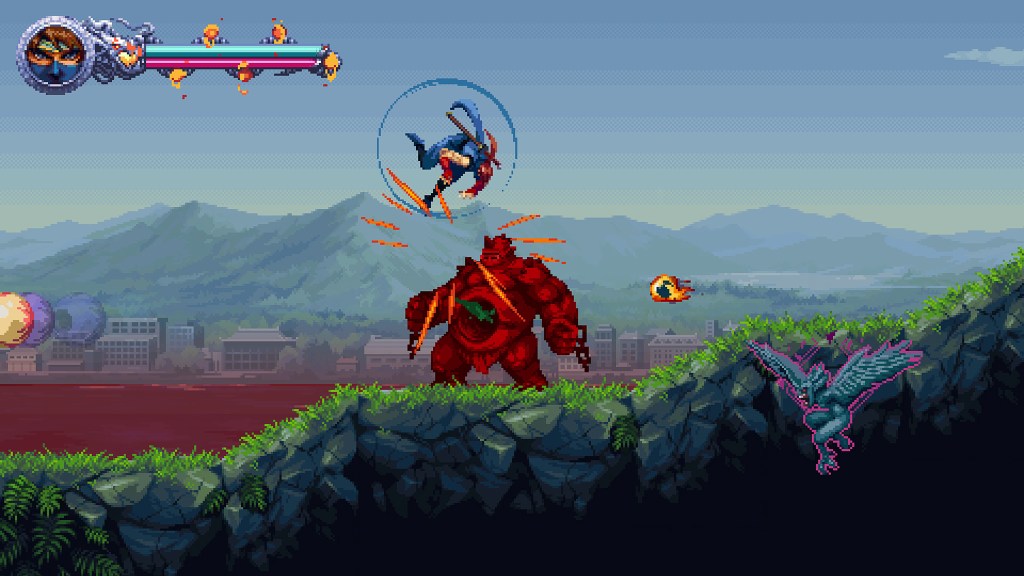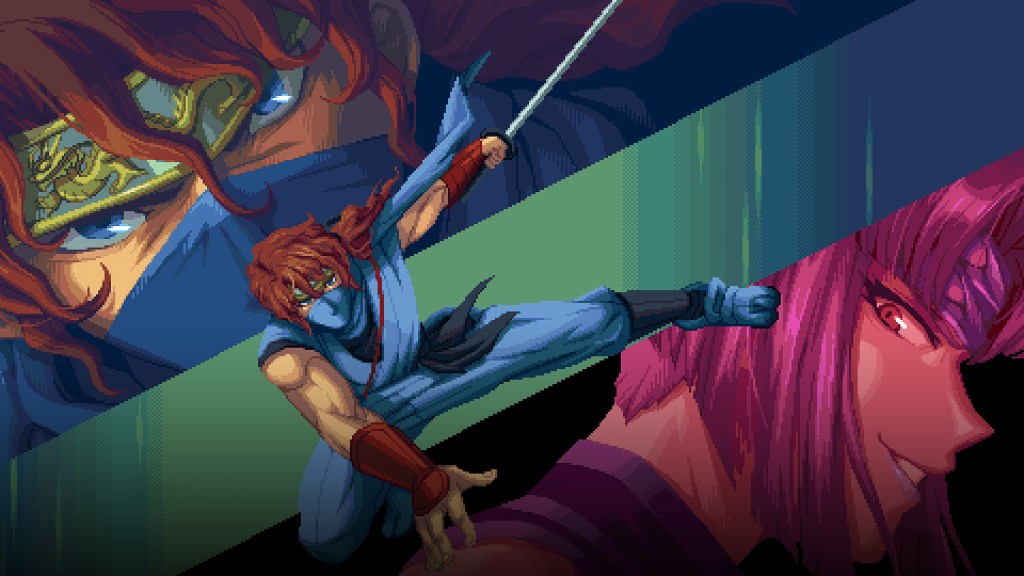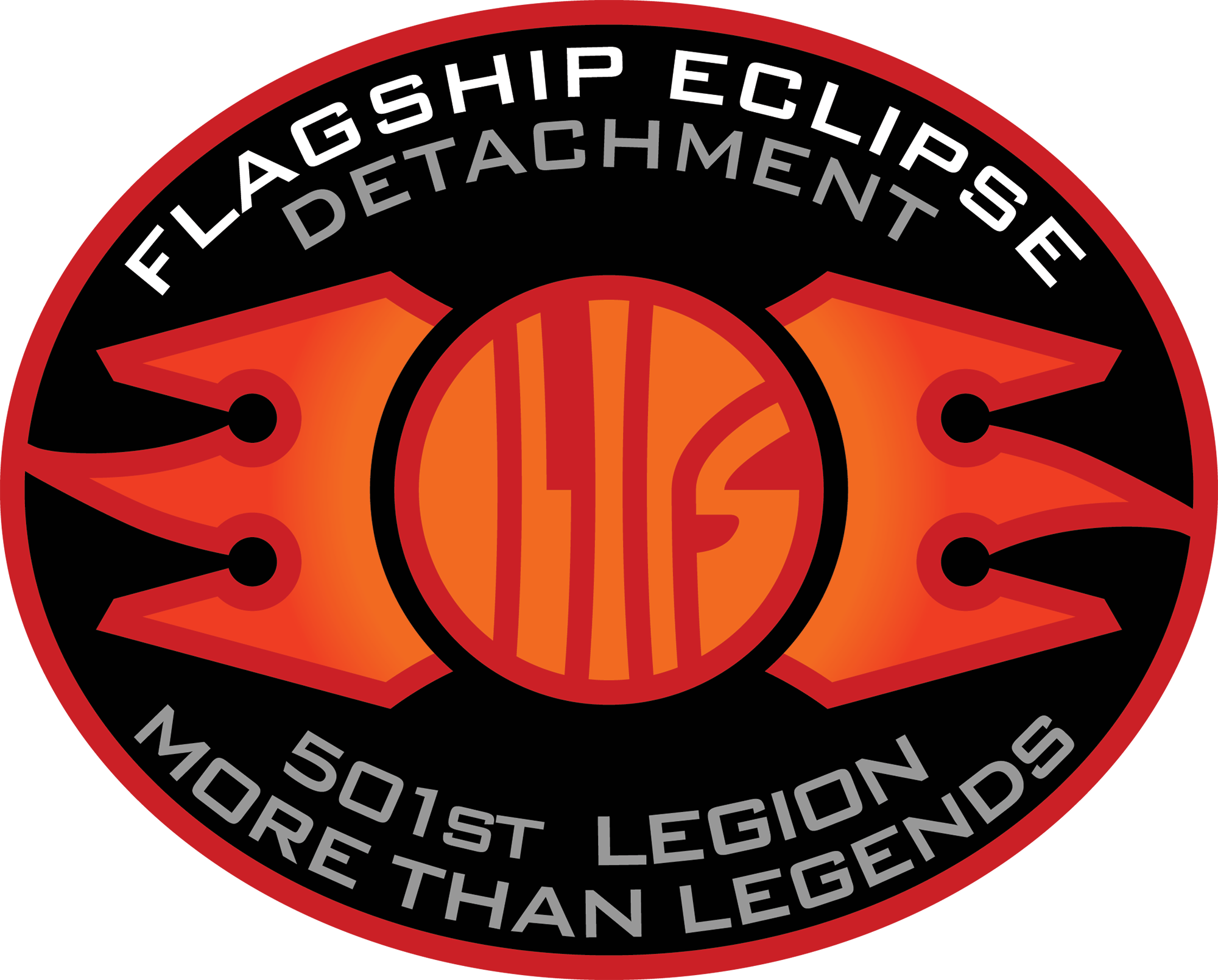
Team Ninja’s revitalization of Ninja Gaiden was a remarkable achievement. The 2004 reboot beautifully translated the series’ most iconic traits — crushing difficulty and ninjas — into the third dimension over a decade after its 2D iterations had lost their luster; the 1992 entry that capped off that era didn’t even get released in North America or Japan.
Now, the inverse has happened. The Game Kitchen’s 2D reinvention, Ninja Gaiden: Ragebound, has come after a decade-long silence that started after 2014’s terrible Yaiba: Ninja Gaiden Z. Ragebound is a wonderful callback to the series’ two-dimensional roots, but also modernizes them and filters them through The Game Kitchen’s undeniable style to create one of the best Ninja Gaiden games, regardless of generation.
Ragebound heavily and immediately evokes the earlier titles with its perspective and even directly nods to it with its recreation of the iconic intro from the 1988 NES original. But this version of this pivotal cutscene has more rapid pacing and significantly better pixel work and is a microcosm of how Ragebound interprets this generation of Ninja Gaiden games.

RELATED: Ninja Gaiden 4 Release Date Revealed in New Bloody Trailer
Ragebound is a faster platformer that specializes in encouraging players to move in an unbroken motion through the level, jumping over gaps and slashing through enemies without breaking a sweat. It’s the true ninja fantasy that Ragebound is able to facilitate for a few reasons that begin and end with its responsive controls. Kenji and Kumori, the game’s playable duo, jump, slash, and bounce off enemies at a moment’s notice and that immediacy is always rewarding.
A game this difficult needs to be this smooth, too, because it would be infuriating if it were too loose. Ragebound constantly tosses demons and environmental hazards at players and these ever-changing obstacle courses require patience and skill to bypass. Reacting to each threat accordingly with the appropriate move is a dance that points out how well Ragebound’s stages are designed to get players into that flow state, even as they move in and out of its many interactive set pieces and handful of vehicle segments.
The Hypercharge system succinctly expresses this philosophy. By striking down glowing enemies, Kenji or Kumori can kill the next grunt in one hit, no matter how tough they are. The Game Kitchen often sets elites at the end of the path but then suddenly spawns a glowing enemy around them, meaning players have to react at a moment’s notice in order to destroy everything in one seamless sequence.
Flawless play isn’t required — skipping these glowing adversaries or whiffing the Hypercharge attack isn’t a death sentence — but this mechanic heightens the skill ceiling and gives players an ideal route to master. It’s possible to see a giant shielded soldier, toss a kunai at the sparkly fodder behind him for a Hypercharge stock, and then expend it on the shielded guy without missing a beat. And by making perfection feel fantastic and designing the whole game around that, Ragebound encourages players to seek that rush.

Bosses challenge players in slightly different ways, but are similarly satisfying. These bouts are the hardest parts of Ragebound, often pitting Kenji and Kumori against relentless beasts with multiple types of deadly attacks with tight dodge windows. Pattern recognition is key in these instances since it is simply not possible to sloppily hack and slash to an unearned victory. The platforming parts of the stages are challenging, but they are relatively generous; not every gauntlet needs to be finished perfectly.
The bosses aren’t that kind and are swift to punish mistakes. But instead of being controller-tossing segments in need of a “skip” feature, Ragebound’s most intense fights are the best parts of the experience exactly because they are so demanding. Going from flopping around and failing within 15 seconds to deflecting and avoiding every attack in order to land the fatal blow is a thrilling mountain to climb because of the mastery required to get to the top. Contact damage is still as annoying as it ever was, but it does little to distract from how well-designed each and every one of these climactic duels are.
Sublime controls ensure Ragebound’s difficulty remains a highlight, not a liability, and never veers into unfair territory. They’re able to make this game hard yet honest, and that’s not something the original trilogy — three titles Ragebound pays homage to — can claim. Even though many games were brutal back then, those Ninja Gaiden titles were especially cheap with their tiny platforms, ridiculous enemy spawns, and gratuitous knockback when taking damage. Regardless of fairness, extreme difficulty became an essential part of Ninja Gaiden’s DNA. And Ragebound doesn’t forget that; it just modernizes what it means to be challenging. Empowering players with the means to better tackle challenges is preferable to blindly following nostalgia.

The Game Kitchen also channels nostalgia for the game’s visuals and soundtrack without being solely beholden to it. The studio’s impeccable talent for drawing grotesque beings in the Blasphemous series has transferred well here, and while Ragebound’s bestiary isn’t as freakish and its stages aren’t as ornate or otherworldly, it’s still rendered just as magnificently. There’s a level of vibrancy in the colors and fluidity within the animation to put this game’s style above many of its pixelated peers. Even when Ragebound is constantly moving and attempting to make these details easy to overlook, they’re still admirable amongst the chaos. The soundtrack also amplifies that chaos with its selection of energetic, retro-tinged tunes, further rounding out Ragebound’s impressive presentation that’s laser-focused on delivering an authentic Ninja Gaiden experience.
Ninja Gaiden: Ragebound is a tightly packed platformer that heartily succeeds in realizing what Ninja Gaiden is and ends before it can even begin to waver. By prioritizing tight controls and deliberately crafting levels that push players to take full advantage of them, it’s able to resurrect 2D Ninja Gaiden without all the rage-inducing nonsense that’s better left in a bottomless pit. And The Game Kitchen does this while also injecting its own ideas and style into the game so it’s more than a simple retread of past concepts. Ragebound embraces history and modernity, and, in the process, sets up a promising future for Ninja Gaiden as a whole.
Rating: 4 out of 5
A review copy for PS5 was provided by the publisher for the purpose of this review.
The post Ninja Gaiden: Ragebound Review: Bound for Greatness appeared first on ComicBook.com.
